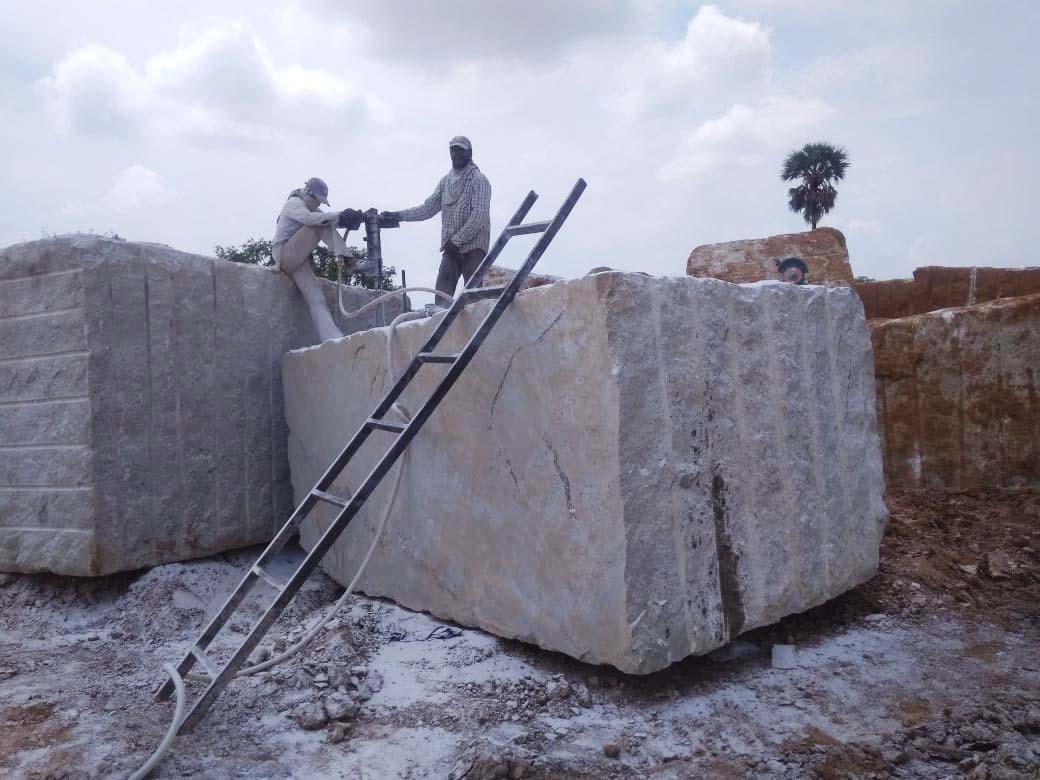Checking Out Granite Quarries in South Africa Industry: From Quarry to Work of art
Introducing the Mysteries of Granite Quarrying: Where Stamina and Sophistication Meet
The globe of granite quarrying is a world where the raw stamina of nature converges with human creativity to develop structures that stand the test of time with an air of elegance. From the midsts of quarries to the meticulous polishing in workshops, the process of transforming granite into architectural marvels is an intricate dance of tradition and technology. As we peer into the depths of this ancient craft, we start to reveal the concealed details that form the extremely essence of our developed setting.
The Origins of Granite Quarrying
In the annals of building background, the origins of granite quarrying are shrouded in a tapestry of ancient workmanship and geological wonders. Going back to ancient Egypt and Mesopotamia, the removal of granite from quarries noted the start of a trip that would eventually result in the production of some of the world's most renowned structures.
Granite quarrying's roots can be mapped to the proficient artisans that identified the rock's toughness and visual charm. With a mix of primitive tools and large determination, these very early quarry workers discovered granite blocks that would end up being the structure blocks of worlds.
As worlds advanced, so did the strategies of quarrying granite. The Romans, renowned for their engineering prowess, established sophisticated methods for drawing out granite to build monoliths, holy places, and roads that stood the test of time.
The legacy of these ancient quarrying techniques proceeds to shape modern-day design, with granite continuing to be a symbol of strength and beauty in construction projects around the world. (granite quarries in south africa)
Tools of the Quarrying Trade
The advancement of granite quarrying methods from old human beings to contemporary times highlights the essential function played by the devices of the quarrying sell shaping the market's methods. In ancient times, quarrying devices were simple, frequently being composed of chisels, hammers, and wedges made from materials like bronze or iron. These tools required considerable manpower and time to essence granite blocks from quarries.

Additionally, the intro of pneumatically-driven devices and high-powered equipment has substantially reduced the physical labor required in quarrying procedures, improving worker safety and security and productivity. As the quarrying industry proceeds to introduce, the devices of the profession continue to be at the center of driving development and shaping the future of granite removal.
Removing Blocks of Granite
Utilizing accuracy equipment and advanced methods, the removal of granite obstructs from quarries has actually become an advanced process in the modern-day quarrying market. Controlled blowing up techniques are then used to damage apart the granite into workable areas.

Sprucing Up and Finishing Methods
To accomplish a perfect surface on granite blocks, knowledgeable craftsmens use a series of meticulous sprucing up and finishing methods. After the first extraction and shaping processes, the granite obstructs undergo a thorough polishing stage to boost their natural charm and toughness. One typical approach made use of in brightening granite is ruby abrasion, where industrial rubies are used to grind and brighten the stone to a smooth surface. This procedure not just creates a glossy surface area but additionally makes sure uniformity in shade and texture throughout the granite block.
Along with polishing, ending up strategies are related to additional refine the granite's appearance. These techniques may consist of flaming, honing, or cleaning, each offering special appearances and finishes to suit various visual choices. Flaming, for circumstances, involves subjecting the granite surface to heats to develop a rough, distinctive surface, suitable for outdoor applications where slip-resistance is crucial. Honing, on the other hand, offers a matte finish that is smooth to the touch, best for interior counter tops and floor covering. By meticulously selecting and applying these brightening and ending up techniques, artisans can transform raw granite obstructs right into splendid pieces that showcase both stamina and sophistication.

Ecological Impact and Sustainability
With the expanding emphasis on ecological consciousness in the sector, granite quarrying practices are increasingly scrutinized for their influence on natural deposits and long-term sustainability. Quarrying for granite can have considerable ecological implications. The removal process commonly includes using hefty machinery, nitroglycerins, and big amounts of water, bring about environment devastation, dirt disintegration, and water contamination. Additionally, the transport of granite from quarries to refining centers generates carbon exhausts, further adding to ecological destruction. granite quarries in south africa.
To minimize these influences and ensure sustainability in granite quarrying, sector stakeholders are taking on various measures. Implementing advanced innovations to minimize energy consumption and water usage, reclaiming quarried land hop over to here for eco-friendly reconstruction, and promoting accountable sourcing methods are some strategies being employed. Certifications such as the Woodland Stewardship Council (FSC) and the Management in Power and Environmental Design (LEED) click over here now help consumers determine ecologically pleasant granite products.
Verdict
To conclude, granite quarrying is a process that calls for specialized tools and strategies to essence blocks of granite and brighten them to a high level of surface. While the ecological effect of quarrying can be considerable, initiatives are being made to improve sustainability techniques in the market. Generally, granite quarrying is a delicate equilibrium between taking advantage of the strength and style of this all-natural stone while minimizing its effect on the environment.